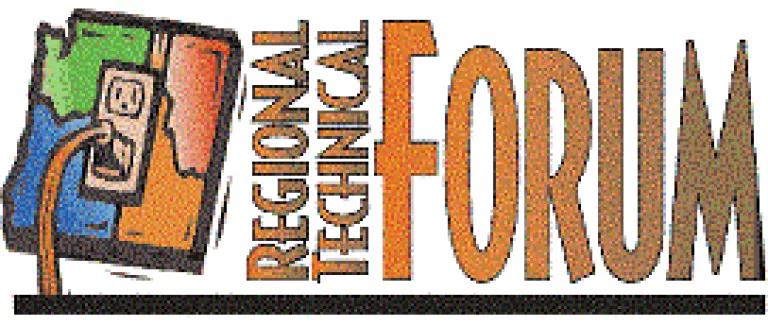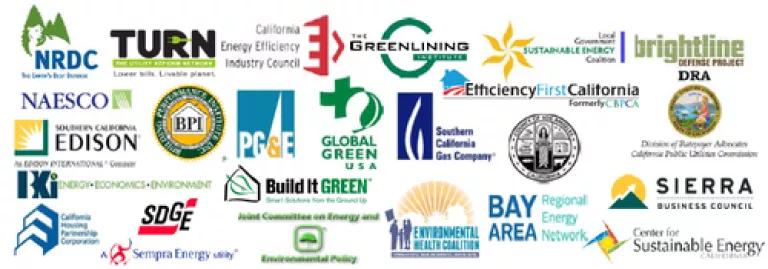The Time is Right for California's Energy Agencies and Stakeholders to Work Together to Scale Up Efficiency

Can California figure out how to take energy efficiency to the next level, avoid more power plants, put money back in customers’ pockets, and maintain its leadership? The answer is an unequivocal “yes,” with a few adjustments and a new approach to working together.
Last week, the California Public Utilities Commission (CPUC) held a forum featuring prominent energy efficiency market players to explore two main issues:
- How can the energy regulatory agencies encourage more energy savings and
- How can doing more with the same amount of energy, or less, contribute to greater grid reliability (click here for more on this effort)?
The presenters included commissioners and staff from all three California energy agencies – the CPUC, the California Energy Commission, and the California Independent System Operator – as well as representatives from utilities and efficiency companies. The discussion focused on what the agencies could do to take efficiency to the next level.
Time to address recurring themes
Many speakers lauded California’s successes, but also highlighted ongoing frustrations with current policies and procedures, noting how the disruptive and combative nature of policy setting can get in the way of achieving our common efficiency goals.
One recurring theme focused on how the policy rules hamper opportunities to capture energy savings in existing buildings. Specifically, the rules solely count savings above the energy code, which means program implementers can only offer rebates that motivate owners to exceed an already high level of efficiency. However, many commissioners and panelists observed that the majority of buildings are not up to code and owners are unlikely to make the substantial investment to bring them there. One proposed solution was to offer rebates for reducing energy waste from current energy use levels when appropriate, instead of above code, to incentivize action. Adjusting and aligning policies to tap these unmined savings is particularly critical to meet state goals of upgrading all existing buildings, especially California’s schools.
Another theme focused on how to change the combative dynamic of policy making. Many panelists said the recently launched California Technical Forum, modeled on the Northwest’s Regional Technical Forum, is an encouraging way to streamline and standardize the development of new savings estimates in a consensus-driven manner. Along with better collaboration, this would continue to ensure sufficient oversight while also increasing transparency and creating more predictability and confidence in the values that are determined.

What California can do to scale up efficiency
California’s successes are clear, but our history of energy efficiency leadership leading to some of the lowest utility bills in the nation will be threatened and opportunities to save more energy will pass us by unless the commissions can figure out how to align policies, establish an environment of collaboration, and get their deliverables (like program evaluations and policy decisions) out in a more timely manner.
We previously highlighted a number of key actions to scale up efficiency. Here are more ways the agencies can get their ducks in a row to ensure customer funds are well-spent on the best programs possible, while also yielding real and verifiable energy savings that energy planners can use to avoid power plants (since less electricity is needed to serve customers). In particular, the commissions can:
Clarify the roles of the players: Over the past few years, the role of the regulators has begun to intermingle with the efficiency program administrators’ role of designing energy-saving offerings. While this may have originally been designed to solve a particular problem, it is time to reassess what appropriate oversight and guidance is needed for today’s efficiency structure and modify or abandon practices that may no longer be necessary (or helpful) to ensure customer funds are prudently used. The commissions can then rearticulate the roles of various players and identify the best forums to address tasks (e.g., program design would likely be more effective if discussed in an informal collaborative manner than through the regulators’ formal written comment process).
Encourage innovation and program expansion by targeting oversight: There is no doubt that determining savings estimates for programs -- as well as evaluating and measuring their success -- is critical to ensure customer dollars are spent wisely and the programs are performing as expected (and retired or modified, if not). Unfortunately, over the past few years the approach to determine or estimate future energy savings has become so complex, delayed, and unpredictable that implementers (e.g., utilities, local governments, and third parties) are often hesitant to expand offerings or try new things due to the risk of changes to their savings estimates “after the fact” or because getting saving estimates for innovative ideas is hard to do, despite attempts to improve both of these issues.
The CPUC, which oversees the bulk of the state’s utility programs, has a particular opportunity to improve this dynamic by first identifying the level of detail necessary to comply with its statutory obligation to ensure investments are cost-effective. From there, the oversight, reporting, and evaluation processes can be designed specifically to address these needs while encouraging new ideas to enter the efficiency portfolios. This would provide the CPUC with confidence in the oversight structure without getting bogged down in a process that can lead to missed opportunities to save customers energy and money.
Provide strategic guidance to address outstanding policy issues: Since the energy agencies are resource-constrained, it is even more imperative that they focus efforts on high-level strategic guidance and use collaborative and transparent forums to hammer out the details as needed. In addition to determining what savings opportunities “count” in existing buildings and streamlining how savings estimates are set and evaluation is conducted, the commissions also need to align and properly value efficiency (i.e., improve the current cost-effectiveness methodology) both in terms of avoiding conventional power plants, but also in meeting the state’s greenhouse gas reduction goals.
Many of these issues were previously identified in a letter from a coalition of 20 stakeholders nearly a year ago to now-retired Commissioner Mark Ferron.

It’s time for the commissions to prioritize and move quickly to address these ongoing barriers by setting high-level guidance and relying on informal collaborative forums to present proposals for commission consideration. By doing so, the commissions could issue policy decisions more quickly and programs could be implemented sooner.
Launch the “rolling portfolio” approach: There were a number of optimistic references to the “rolling portfolio approach” to program planning and oversight. Rather than consider all offerings at the same time, this approach is intended to even out the workload for all involved by addressing only portions of the portfolio at a time. This new framework would also increase certainty by establishing long-term efficiency funding, provide a more predictable schedule to update or introduce programs, and create the ability to more quickly make course corrections. The CPUC should move swiftly to design and implement the rolling portfolio approach, ensuring Californians get all cost-effective efficiency.
Next steps
Last week’s forum was a great opportunity to hear about the efficiency industry's experiences and even better, hear some potential solutions to problems. The commissioners noted in their closing statements that we need to improve the structure and functionality of the current system and truly listen to one other to resolve issues that stand in our way. We agree.
California is in a great position to build on its strong efficiency foundation to save customers more energy and money, reduce contention, invite innovation, and ensure efficiency can be relied upon as a resource so utilities don’t have to buy more expensive (and often polluting) resources to generate electricity. The numerous and critical issues facing California’s efficiency industry are clear. Now it’s up to the state energy agencies and stakeholders to work together to solve the challenges and scale up efficiency.

